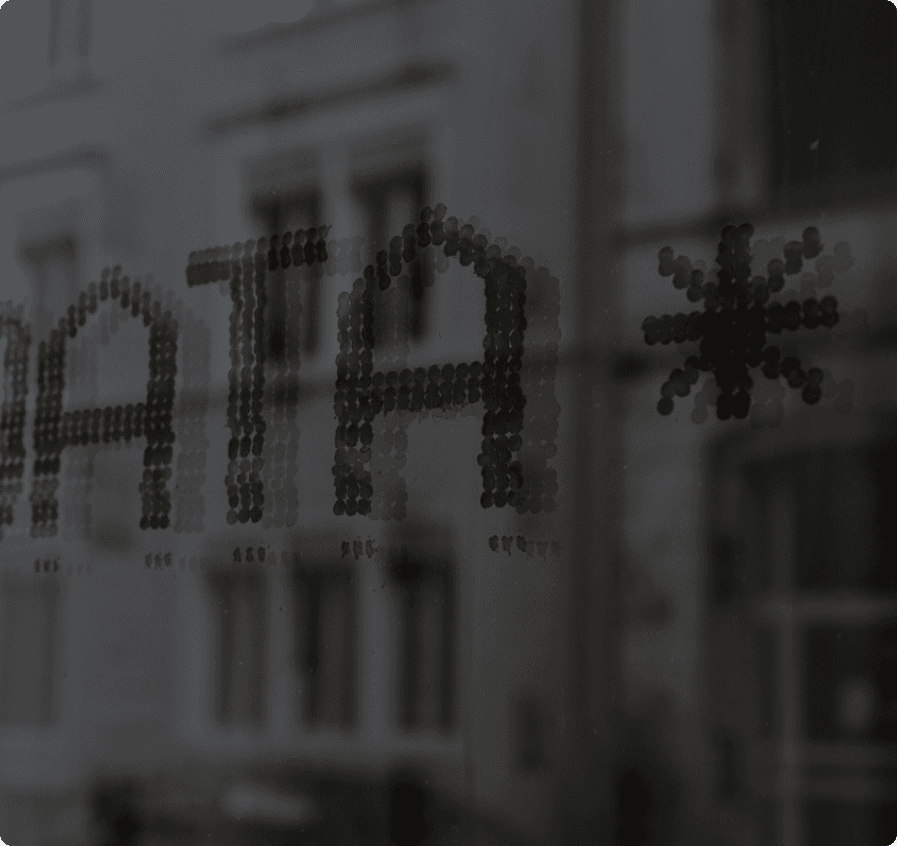
Redefining Disaster Recovery and Data Resilience with Speed and Simplicity
Experience unparalleled recovery times, robust data resilience and effortless automation tailored to modern business needs and hybrid/multi-cloud environments
Be the Champion in a Dynamic Digital Landscape
Say goodbye to wasted time and resources, shying away from the complexities of the digital landscape, or compromising data security due to high operational costs. HyperBDR is your key to leading in a world of constant change and technological advancement

Say No to Expensive, Complex DR Solutions and System Downtime
Replace Data Centers and Colocations
Shift disaster recovery to the cloud to eliminate the need for costly physical data centers or colocation facilities
Decouple Compute and Storage
HyperBDR leverages cloud-native architectures, allowing you to separate compute and storage resources, optimizing usage and cutting expenses
Cost-Effective and Scalable DR
Avoid 1:1 infrastructure duplication with a pay-as-you-go model that scales with your business needs
No Investment in Standby Resources
Provision resources only during an actual disaster recovery event, saving on idle infrastructure costs
Leverage Hyperscaler Discounts
Take advantage of cost-saving options from cloud providers, such as reserved instances or spot pricing for compute resources
Automated, Agentless Solution
Designed for multi-cloud environments, HyperBDR reduces manual intervention and simplifies disaster recovery processes
Compliance with Data Protection Regulations
Safeguard critical assets while meeting regulatory standards, avoiding penalties and maintaining trust
Fast Data Replication and Robust Failover
Minimize system downtime with rapid recovery processes, ensuring seamless business operations during disruptions
Level Up Your Game Plan by Becoming AI-Ready
HyperBDR positions you to fully leverage AI tools and stay ahead of the competition
Secure Cloud-Based Data
Ensure your data is securely stored on the cloud, offering easy access to cloud-native AI tools for smarter decision-making
Harness Advanced Analytics
Enable machine learning and intelligent automation to drive innovation and gain actionable insights
Cost-Effective AI Adoption
Leverage hyperscaler AI capabilities without the need for heavy infrastructure investments
What Makes HyperBDR Stand Out
HyperBDR Practical Application

Unlimited Drills, Unmatched Readiness
Empower businesses with unlimited disaster recovery drills without incurring additional cost, ensuring readiness and confidence with every test, reduced risk and ensure operational resilience

Cross-platform
Supports automated DR across 40+ platforms, reducing the difficulty of cross-platform disaster recovery.

Optimal TCO
No consumption of instances during the backup phase, significantly reducing the overall cost of disaster recovery.
Cost-Effective DR: Smarter, Leaner, and Greener

Traditional DR

HyperBDR
Supported Platforms
Public Cloud
Private Cloud
HCI
Virtualization

Public Cloud
Private Cloud
Virtualization
How HyperBDR Works


Reseller
Expand your portfolio with HyperBDR, offering cutting-edge disaster recovery solutions to your clients


Service Partner
Collaborate with us to deliver seamless HyperBDR implementations that drive customer success in multi-cloud environments


DRaaS Partner
Elevate your Disaster Recovery as a Service offerings with HyperBDR’s cost-effective, AI-ready, and compliance-driven solutions















































